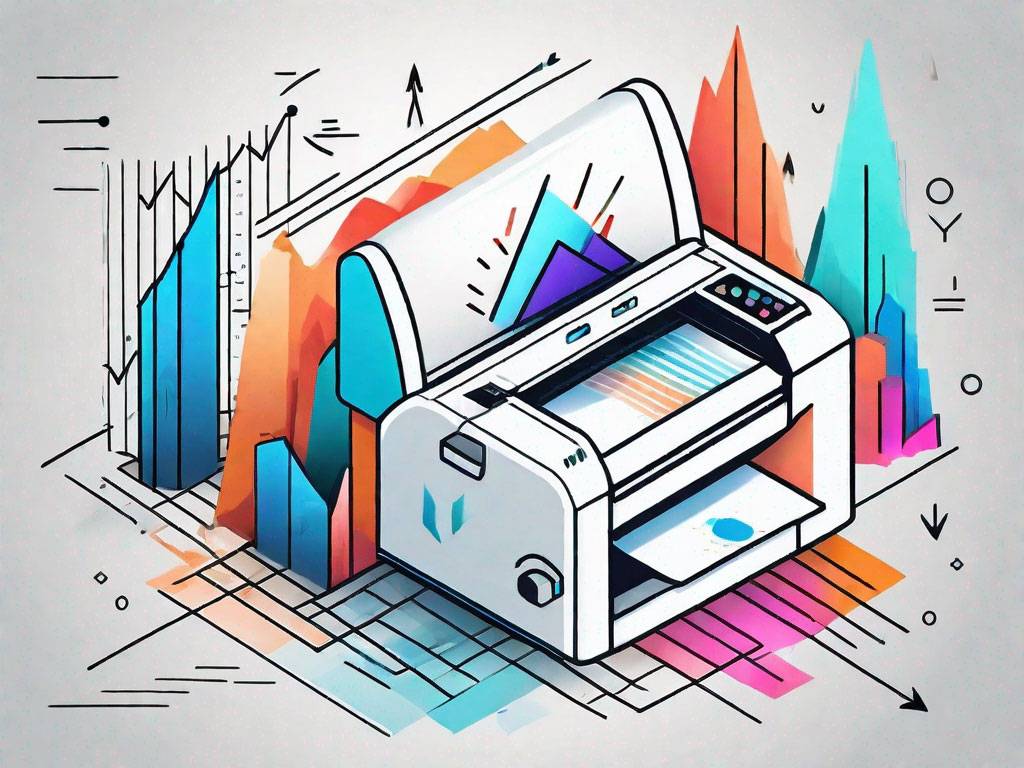The future of online shopping is closely tied to innovations in print on demand.
The future of online shopping is closely tied to innovations in print on demand.
Blog Article
Comprehending How Digital Printing Changes the Printing Market
The printing market, long soaked in typical approaches, is going through a radical change with the advent of digital printing. With its potential to stimulate involvement with customized web content and to provide sustainable options, it's clear that digital printing is even more than a technical advancement; it's a pivotal game changer.
The Development of Digital Printing: A Brief Overview
Because its creation, electronic printing has actually undergone significant makeovers, continually reinventing the printing industry. With the development of the 90s, electronic printing modern technology began to mature, and the industry witnessed the introduction of straight imaging presses, which got rid of the requirement for printing plates. As the new millennium unfolded, advancements in technology even more stimulated the growth of electronic printing, leading to the development of high-speed inkjet printers.

Unloading the Technology Behind Digital Printing
Diving right into the complexities of digital printing modern technology, one encounters an abundant tapestry of sophisticated equipment and complex formulas. At the heart of this procedure lies an electronic photo, which is refined by software program that splits it right into a grid of dots. This detailed system, boosted by advanced software program and high-resolution imaging, has actually transformed the landscape of the printing sector, leading the means for extraordinary degrees of information and accuracy.

The Benefits of Digital Printing for Organizations
Understanding the innovation behind digital printing supplies a clear image of its precision and detail. For businesses, this equates into various benefits. Electronic printing supplies extraordinary speed, making it possible for companies to meet limited target dates without compromising on high quality. Next off, it minimizes costs as there are no plates view website or physical arrangement, making it best for small-volume printing jobs. Additionally, this modern technology uses exceptional consistency with each print output, removing variations commonly seen in traditional methods. Digital printing is ecologically pleasant, using less ink and generating much less waste. However, the full potential of digital printing is recognized when made use of for customization and personalization, a subject that will be covered extensive in the next area.
The Role of Digital Printing in Modification and Personalization
While typical printing methods battle with modification and personalization, electronic printing stands out in these locations. It permits the easy change of styles, without the requirement for expensive and time-consuming plate modifications (print on demand). This enables companies to tailor products to private customers, conference hop over to these guys particular demands and boosting customer contentment
Digital printing likewise enables variable information printing, where components such as text, graphics, and pictures may be altered from one published item to the next, without reducing the printing procedure. This is particularly useful for direct advertising and marketing campaigns, where tailored messaging imp source can substantially boost action prices. This way, electronic printing not only reinvents the printing industry but also transforms the means organizations interact with their clients.
Evaluating the Environmental Influence of Digital Printing
Although electronic printing has actually been admired for its function in personalization and customization, it is important to examine its ecological effect. Digital printing can be less inefficient than conventional methods, due to the fact that it operates a 'print on need' basis, getting rid of the need for huge print runs that can result in surplus and waste. Furthermore, it utilizes less chemicals and creates less volatile natural substances (VOCs) contrasted to counter printing. However, the energy usage of electronic printers can be high, leading to raised carbon impact. Furthermore, using non-recyclable printing parts and the obstacle of e-waste administration posture considerable ecological problems. Therefore, while electronic printing has many advantages, its environmental impact should be conscientiously handled.
Verdict
Finally, digital printing has changed the printing market, offering rapid, cost-efficient, and premium options. It helps with customization, enhancing client interaction, and utilizes a lasting print-on-demand version. As this modern technology remains to advance, its influence on service communication, customer complete satisfaction, and ecological sustainability ends up being increasingly extensive. Comprehending these changes is essential for businesses to take advantage of the benefits of electronic printing effectively.
Report this page